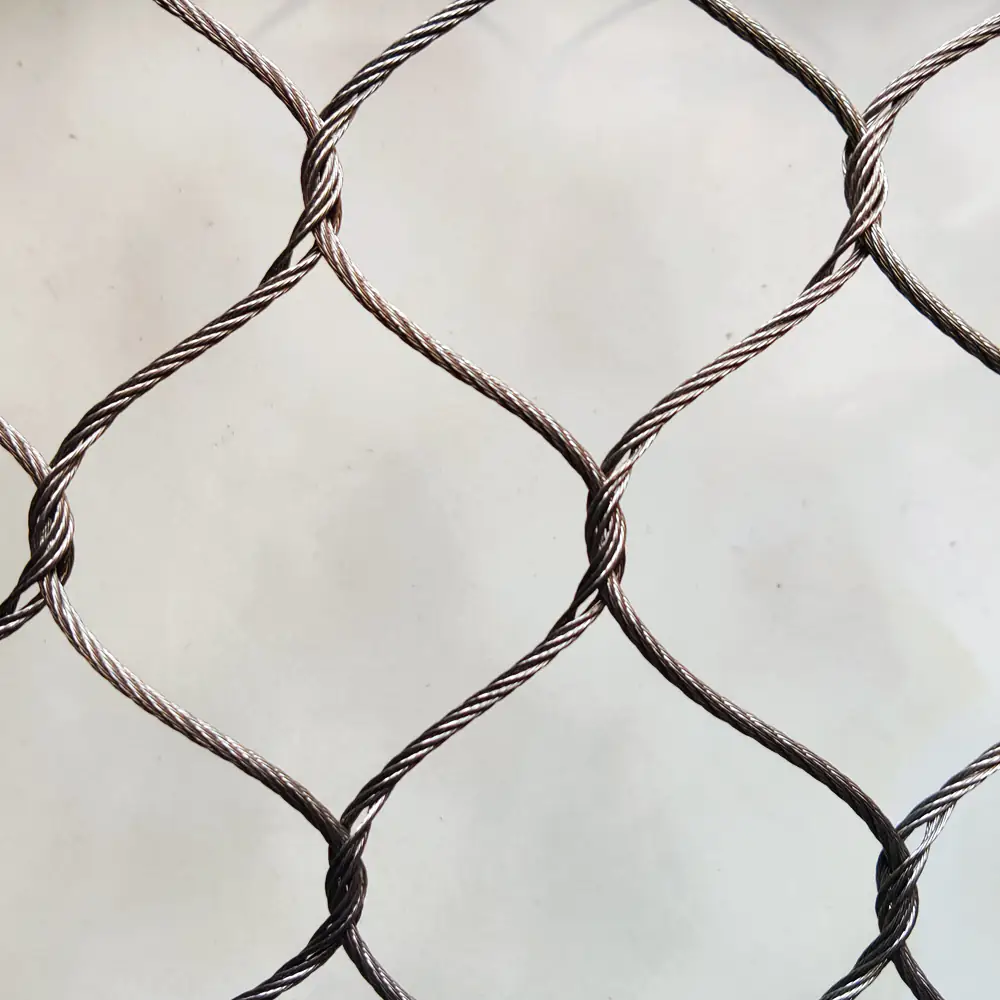Deer are a common sight in many areas, admired for their grace and beauty. However, for gardeners, they can be a significant nuisance.
These creatures have a knack for finding their way into gardens, causing extensive damage. They nibble on plants, trample flower beds, and rub their antlers against trees.
The solution? Deer-proof fencing. This is a long-term, effective method to protect your garden from these unwanted visitors.
In this guide, we’ll explore various methods and materials for constructing deer-proof fencing. We’ll provide practical advice on choosing, installing, and maintaining your fence.

Understanding the Need for Deer-Proof Fencing
Deer are agile creatures, capable of jumping over fences as high as seven feet. This makes them a formidable challenge for gardeners.
Deer-proof fencing is designed to deter these animals, preventing them from entering your garden. It’s a long-term solution that can save you time and money in the long run.
The right fence can protect your plants, trees, and flowers from deer damage. It can also prevent the spread of diseases that deer may carry.
Understanding the need for deer-proof fencing is the first step towards protecting your garden.
Key Considerations Before Installing Deer Fencing
Before you install deer fencing, it’s important to consider a few key factors. The local deer population and their behavior can influence the type of fence you need.
You should also check local regulations. Some areas may have restrictions on fence height or other guidelines.
The layout of your garden is another important factor. You need to ensure easy access for maintenance while maintaining a secure barrier.
Here are some points to consider:
- Local deer population and behavior
- Local regulations and guidelines
- Garden layout and access for maintenance
- Aesthetics and visibility of the fence
- Budget and cost-effectiveness of the solution
- Sustainability and environmental impact of the materials used
- Potential impact on property value
- The need for professional installation or DIY solutions
- The potential for community initiatives or grants for deer-proof fencing
- The balance between effective deer control and allowing other wildlife access to the garden
- The use of additional deterrents such as noise-making devices, motion-activated sprinklers, or deer repellents
- The potential for deer to dig under the fence and the need for underground barriers
- The importance of regular inspection and repair to ensure there are no gaps or weak points in the fence
- The option of temporary or seasonal fencing for gardeners who only need protection during certain times of the year
- The benefits of integrating the fence design with the landscape to maintain aesthetic appeal
- The importance of educating neighbors about the benefits of deer-proof fencing, especially in areas where deer are a common problem.
Choosing the Right Material for Your Deer-Proof Fence
The material you choose for your deer-proof fence can greatly impact its effectiveness. Common materials include metal, wood, and plastic. Each has its own advantages and disadvantages.
Metal and wood fences are sturdy and can be visually appealing. However, they may require more maintenance and can be more expensive.
Plastic fences, on the other hand, are often cheaper and easier to install. They may not be as durable, but they can be a cost-effective solution for those on a budget.
Designing an Effective Deer-Proof Fence
Designing a deer-proof fence requires careful planning. The fence should be at least 7-8 feet high to prevent deer from jumping over.
Angled fencing can be a good choice. Deer are less likely to jump if they can’t see a safe landing area.
Consider adding visual barriers like netting or streamers. These can make the fence appear taller and more intimidating to deer.
Remember to incorporate gates that are as tall and secure as the fence. This maintains the barrier’s effectiveness.
Installation Tips for Deer Fencing
Installing a deer-proof fence can be a DIY project or require professional help. The choice depends on the complexity of the fencing system.
Remember to check for any local regulations before installation. Some areas may have height restrictions or other guidelines.
Regular inspection and repair of the fence are crucial. Ensure there are no gaps or weak points that deer can exploit.
Maintenance and Upkeep of Your Deer Fence
Maintaining your deer fence is as important as its installation. Regular checks for any damage or weak points are crucial.
If you have an electric fence, it requires more frequent checks. Ensure it’s always functioning as intended.
Remember, a well-maintained fence not only keeps the deer out but also prolongs the life of your fence.
Additional Strategies to Deter Deer
Deer-proof fencing is a great start, but it’s not the only solution. Combining it with other strategies can enhance its effectiveness.
Consider using deer repellents or noise-making devices. Motion-activated sprinklers can also be a good deterrent.
Remember, a comprehensive approach is often the most effective in keeping deer at bay.
Conclusion: Balancing Aesthetics and Functionality
In conclusion, deer-proof fencing is about more than just function. It’s also about aesthetics.
A well-designed fence can protect your garden while also enhancing the beauty of your property. It’s a balance worth striving for.


